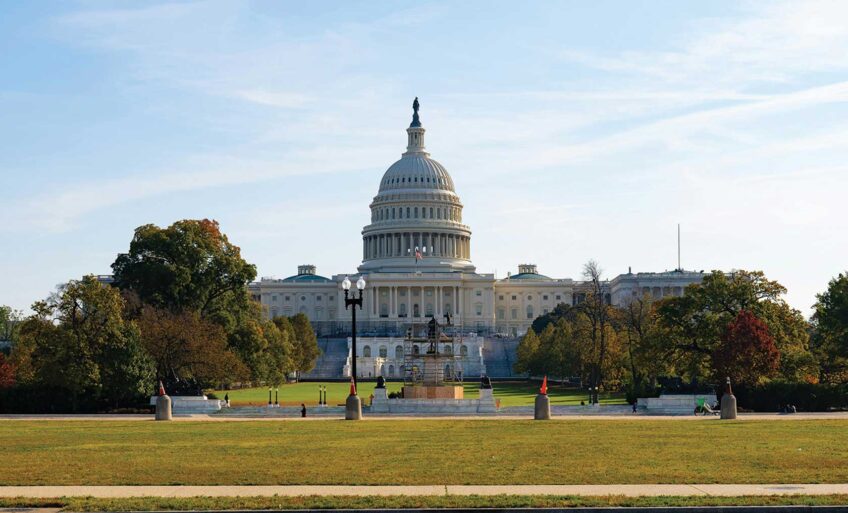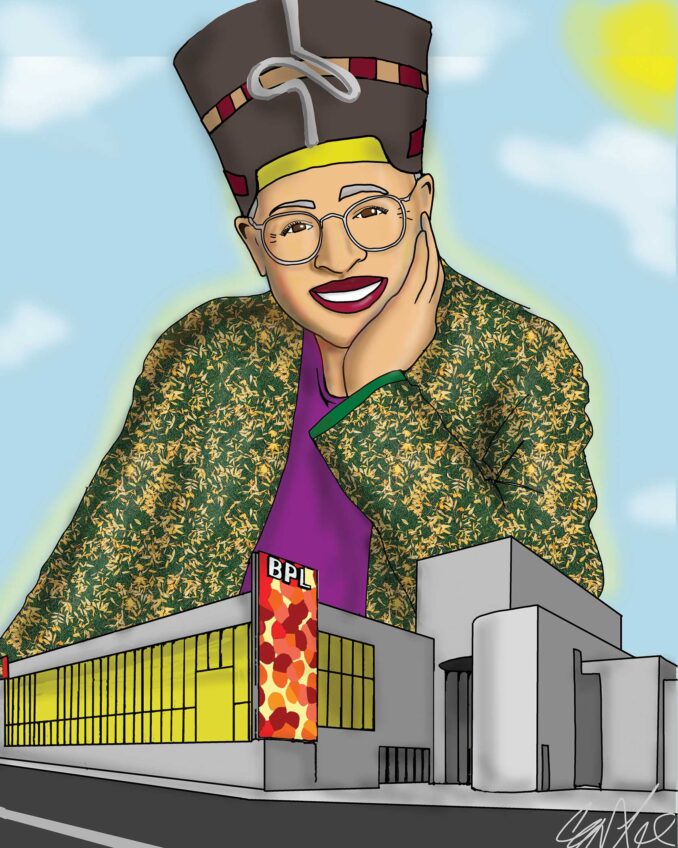With conventions in the rear view, two different visions for America’s future now clear
With conventions in the rear view, two different visions for America’s future now clear
Two weeks ago, I returned from Denver after spending several days at the Democratic National Convention, still digesting the many historic firsts established there.
It was the first time, for example, that Michelle Obama, the wife of Democratic nominee Sen. Barack Obama of Illinois, spoke to the nation. In her address on Monday night, Aug. 25, she displayed the poise, commitment and brilliance that had been only hinted at in press articles over the past year. Her support for family, children and wholesome values was on display, reflecting the values she has long contributed and will continue to contribute — as a parent, lawyer, activist and essential part of the Obama campaign.
The convention also had other great highlights, including a strong, supportive speech from New York Sen. Hillary Clinton, who had battled Obama throughout the Democratic primaries. In no uncertain terms, Clinton made clear her support for the Democratic Party and for her former rival.
Perhaps the most important theme of the convention was the all-encompassing, persuasive and unequivocal support for Obama in the Democratic Party exemplified by former President Bill Clinton’s address.
He delivered the strongest endorsement of the Illinois senator to date, indication not only that he was ready to lead, but also that he had the vision, skills and judgment to be the next chief executive of the United States of America. It was quintessential Bill Clinton: The address not only captured the imagination of the Democrats in Denver, but also was a speech clearly designed to win skeptical voters during the last two months leading up to the general elections.
The highlight of the week in Denver, of course, was Sen. Barack Obama’s Thursday night address at Invesco Field at Mile High. More than 80,000 Democrats — and some Republicans and Independents, as well — crammed into the stadium.
Like the classic speech he delivered as keynote speaker at the 2004 Democratic National Convention in Boston, this speech, too, was an address for the times. It was specific and comprehensive, a clear display of the distinction between the two parties. It offered a vision of hope, cohesion and inclusion, one that stood in sharp contrast to the negative, closed, exclusionary rendition of America offered at the following week’s Republican National Convention in the platform of the Republican ticket of Arizona Sen. John McCain and Alaska Gov. Sarah Palin.
One of the most interesting contrasts of the DNC and the RNC was the racial and ethnic diversity, or the lack thereof. While the DNC had the largest representation of both people of color and of women, the RNC was marked by the near absence of significant numbers of African Americans or ethnic minorities of any kind. In sheer numbers, nearly one-quarter — about 1,000 of 4,400 — of Democratic delegates were African American. On the Republican side? A mere 36 of 3,000.
At the RNC, McCain fired up his right-wing base, inspired by the surprising and dramatic choice of Palin — a pro-life, pro-gun, first-term governor from Alaska — as his running mate. The press widely criticized the decision.
Whether viewers agreed or disagreed with the viewpoints espoused by Palin, after her rousing RNC speech they could not ignore the fact that she was an articulate, forceful and partisan speaker for the Republicans. She had done what McCain had hoped: Palin fired up the wary Republican base on the issues that conservatives and evangelicals hold near and dear.
She was whimsical, confident, humorous and fierce in embracing the values of the Republican Party, and in giving her party a clear distinction between what the GOP slate had to offer compared to the Democratic ticket of Obama and Delaware Sen. Joseph Biden.
What is most evident from both conventions is that the race for the White House is now fully engaged, and the two different visions of America could not be clearer. There is no equivocation about what Democrats and Republicans stand for. America will have to choose between two diametrically opposed visions of what America should look like with an Obama or McCain presidency. The test of time will determine which candidate had the greatest impact on Independents and Reagan Democrats. To what extent will African Americans, one of the groups most carefully observing these elections, affect the result?
My own suspicion is that the contrast between the two parties is so great that it is hard to imagine significant numbers of African Americans embracing the vision that McCain and running mate Palin describe. My guess is that the hopefulness and inclusiveness of the DNC will infuse new energy and spirit into an African American community disappointed that their votes were not counted in 2000, and that their votes did not count in 2004.
Ultimately, the battle for America’s soul has begun. In the coming weeks, every voting American will have to make a choice about which direction to take. Only time will which of the prevailing points of view will inspire folks to vote, and embrace the new direction of America for the 21st century.
Charles J. Ogletree Jr. is the Jesse Climenko Professor of Law, and executive director of the Charles Hamilton Houston Institute for Race and Justice, at Harvard Law School.






